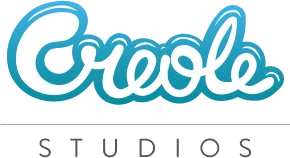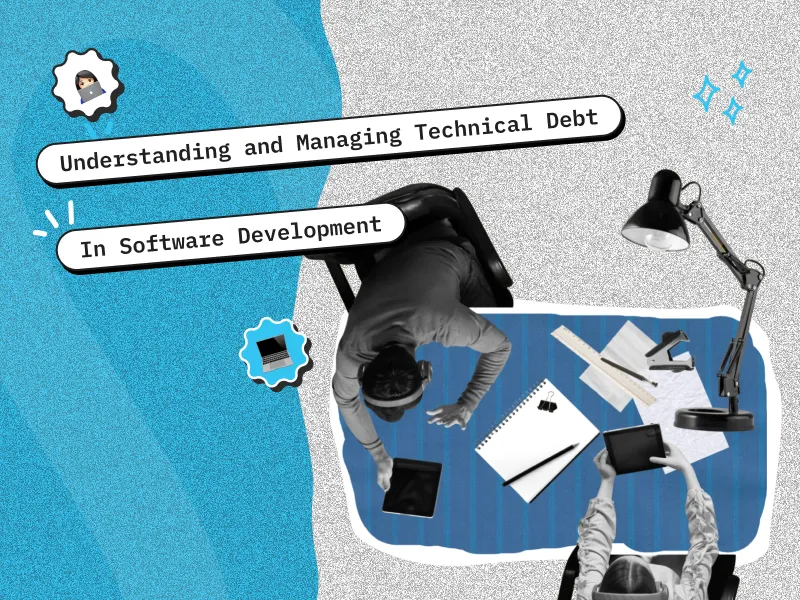Quick Summary:
Technical debt refers to the cost of taking shortcuts in software development, which can lead to long-term challenges if left unmanaged. It accumulates due to rapid technology updates, unaddressed code issues, or delays in package upgrades. Regular refactoring, code reviews, and monitoring dependencies are vital to managing it. By proactively addressing technical debt, teams can enhance code quality, maintain product stability, and ensure scalability while minimizing future risks and costs.
Introduction to Technical Debt
In software development, the term technical debt serves as a metaphor for the cost incurred when development teams take shortcuts or implement less-than-optimal solutions in favor of quicker, short-term results. Much like financial debt, technical debt can accumulate over time and necessitate “repayment” through activities such as refactoring, testing, or code rewriting to resolve the issues created by these shortcuts.
Key Concepts of Technical Debt
- Trade-off for Speed:
Technical debt typically arises when teams prioritize short-term objectives—such as meeting deadlines or delivering a feature rapidly—over long-term code quality and maintainability. For example, a developer might choose a quick-and-dirty solution for a feature that works initially but is neither scalable nor maintainable.
- Accumulation Over Time:
Similar to monetary debt, technical debt does not always present an immediate burden. However, as the project expands and new features are added, the consequences of earlier suboptimal decisions—such as messy code, lack of testing, or poor design patterns—become more pronounced. These accumulated issues complicate future development, scaling, and maintenance.
One more modern-day reason that keeps adding technical debt is that technologies are growing at a fast pace. For example, if you talk about React, React Native, and Node.js, they roll out major/minor version updates at great speed. To stay up-to-date, packages and other dependencies need to be updated at an equal speed. Even if you start a project with the latest versions and packages, you may still find yourself in technical debt after 2-3 months. While this is considered unintentional debt, it must be resolved before it becomes unmanageable.
- Repayment of Debt:
While technical debt is not inherently detrimental, it requires periodic management. Teams must “repay” the debt by refactoring, improving the codebase, or addressing postponed issues. Neglecting this repayment can lead to codebase rot, where the software becomes fragile, difficult to comprehend, and costly to modify.
- Interest on Debt:
The longer technical debt remains unresolved, the more it “accrues interest.” This means that addressing the issues becomes progressively more difficult and expensive, potentially resulting in slower development cycles, increased bugs, and diminished developer morale.
Another reason is the open-source community, which drives many technologies for free and is primarily developer-driven with moderations. When critical issues arise, they often demand quick resolutions through updates. If these updates are ignored, they create technical debt involving critical security or functional issues. To avoid this, teams need to stay updated regularly—either immediately or at least every 2-3 months.
- Intentional vs. Unintentional Debt Technical debt can be either intentional or unintentional:
- Intentional debt occurs when teams knowingly take shortcuts to deliver value quickly, with a plan to address the issues later.
- Unintentional debt arises due to poor planning, rushed decisions, or lack of foresight and communication within the team.
Common Examples of Technical Debt
- Writing code without proper documentation.
- Implementing a feature without considering scalability, making future modifications difficult.
- Using temporary or suboptimal solutions (e.g., quick-and-dirty hacks) instead of well-architected solutions.
- Skipping unit tests or neglecting automated testing.
- Ignoring design patterns or best practices to accelerate development.
- Failing to update or upgrade NPM packages and programming language versions regularly.
Identifying Technical Debt
One of the easiest ways to identify technical debt is through package updates. For example, in JavaScript, using commands like npm outdated or npm-check-updates can help identify outdated packages that require updating. Regularly running these commands can provide insights into possible areas of technical debt.
When to Address Technical Debt
It is recommended to review your codebase for technical debt every 2-3 months. Allocating at least one week every few months to address technical debt can save significant time and effort in the future, preventing issues from arising later. For products with a large customer base—such as ERP systems, websites, or mobile applications—routine checks for technical debt are essential to maintain stability and ensure a bug-free, crash-free user experience.
Additionally, for platforms such as Node, React, PHP, .NET, or Python, it is important to monitor Long-Term Support (LTS) releases, which include critical bug fixes, security updates, and code improvements.
Best Practices for Managing Technical Debt
- Regular Refactoring: Set aside time to periodically refactor and clean up the codebase, ensuring that technical debt does not accumulate unduly.
- Code Reviews: Conduct regular peer reviews to ensure high code quality, maintainability, and adherence to best practices.
- Automated Testing: Implement robust testing practices, including unit and integration tests, to catch issues early and prevent them from evolving into larger problems.
- Monitoring and Metrics: Use tools and metrics to monitor the health of the codebase and track technical debt over time.
Pros of Addressing Technical Debt
- Maintains Product Health: Regularly addressing technical debt ensures the long-term stability of the product and reduces the likelihood of system failures.
- Security Enhancements: Updating packages and resolving debt helps mitigate security vulnerabilities by incorporating the latest fixes and updates from newer versions.
- Reduced Future Costs: Proactively addressing technical debt prevents problems related to outdated packages, deprecated functions, and incompatible dependencies, which can cause future crashes and system instability.
- Improved Code Maintainability: Regularly refactoring and updating the codebase ensures that it remains easy to maintain and adapt as the system evolves.
Cons of Managing Technical Debt
- Time and Effort: Just like financial debt, technical debt must be “repaid” over time, requiring ongoing effort and resources. Addressing technical debt can be time-consuming, especially when it involves updating multiple dependencies or making significant architectural changes.
- Complexity: Major version upgrades or resolving accumulated debt after a long period can require extensive code changes and testing, leading to increased complexity and longer resolution times.
How Creole Studios Can Help
At Creole Studios, we have a team of highly skilled developers with extensive experience in managing legacy systems and resolving technical debt. We stay up-to-date with the latest version releases and best practices, ensuring that we are prepared to handle technical debt efficiently.
For example, we recently undertook a project to upgrade a React application from version 0.13 to the latest stable version. Despite the challenges posed by the accumulated technical debt over several years, our team leveraged their expertise to manage the upgrade smoothly, ensuring system stability and maintaining a high user base.
Conclusion
Managing technical debt is an essential aspect of software development that ensures long-term stability, scalability, and security. With the rapid evolution of technologies and reliance on open-source communities, technical debt is often unavoidable. However, by adopting proactive strategies such as regular code reviews, refactoring, and staying updated with dependencies, teams can mitigate its impact. Addressing technical debt consistently not only enhances product performance but also reduces future risks and maintenance costs, ensuring a robust and scalable software system.











 30 mins free Consulting
30 mins free Consulting 
 10 min read
10 min read 


 Canada
Canada 
 USA
USA 
 Singapore
Singapore 





 Love we get from the world
Love we get from the world 